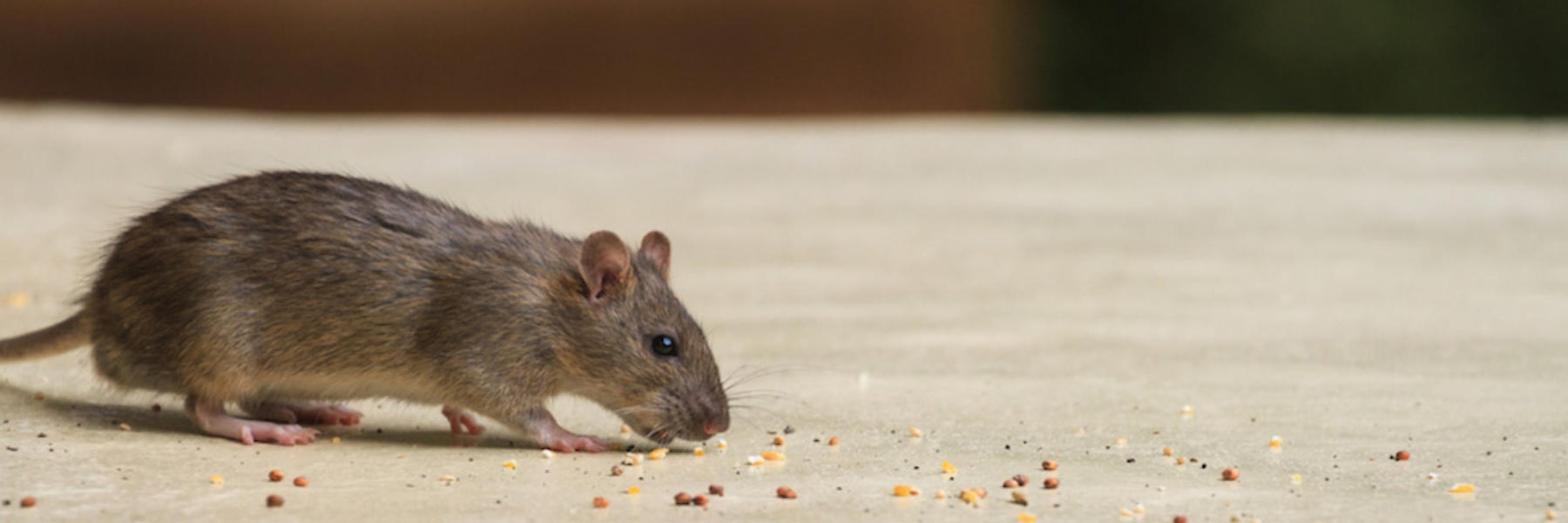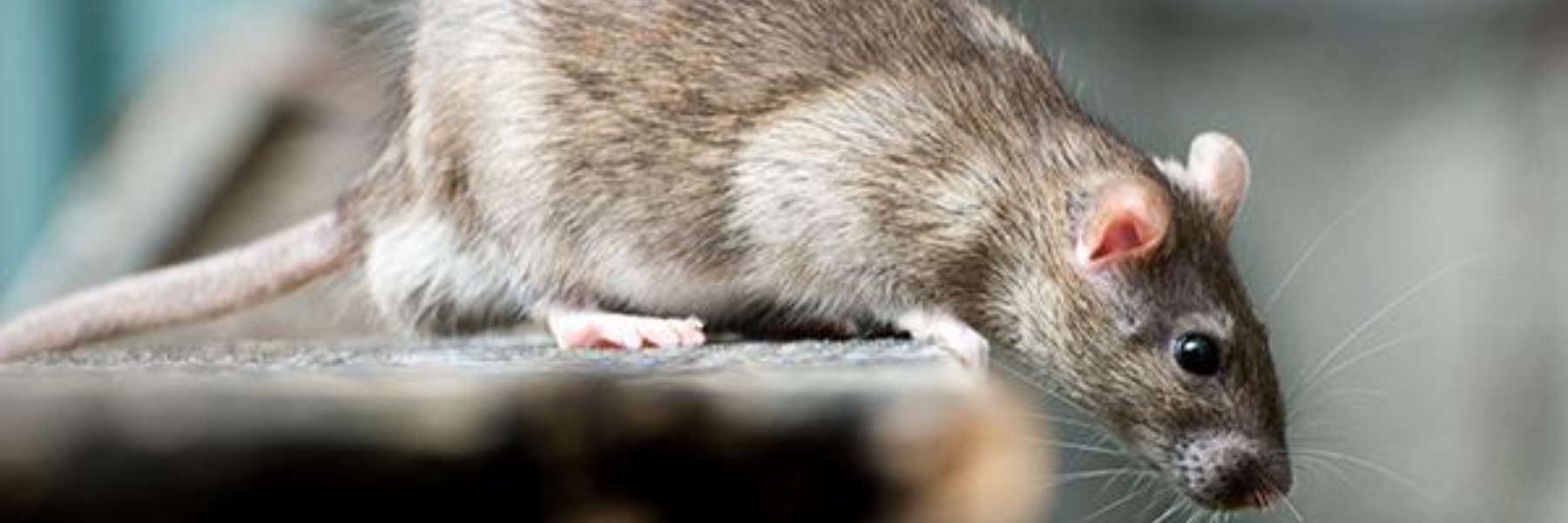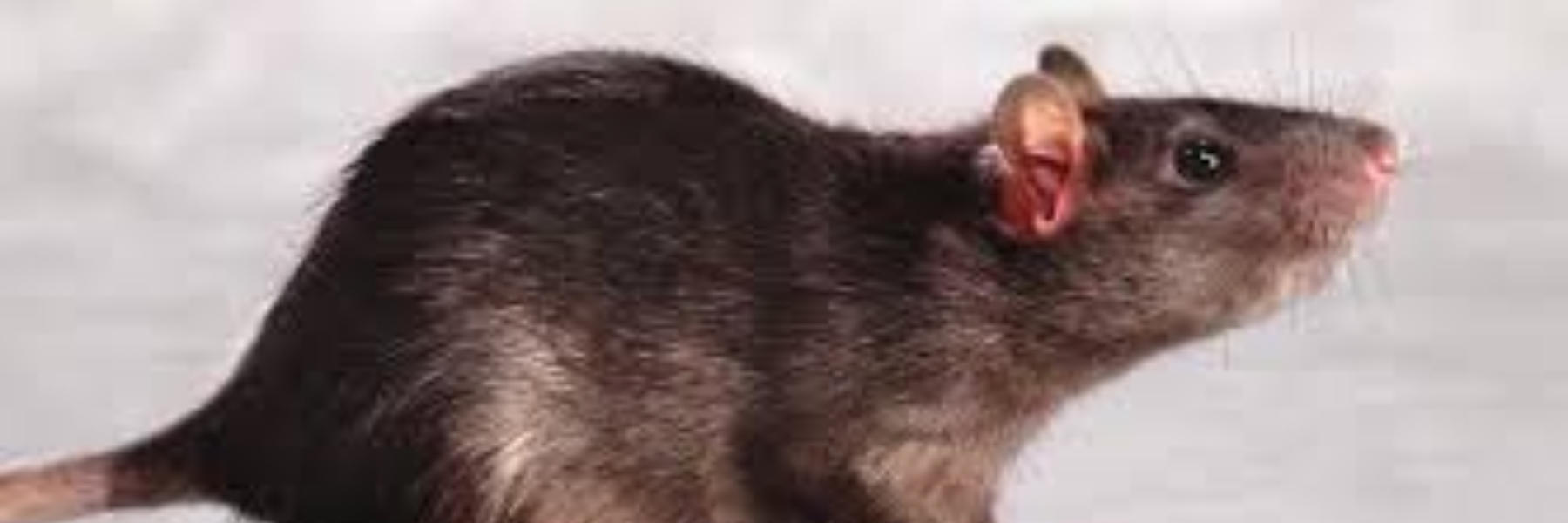Rodents like mice and rats can cause significant damage to your home while also spreading diseases. Effective rodent proofing is essential to prevent infestations and protect your property. This guide provides expert strategies, facts, and tips on keeping your home rodent-free.
According to the Centers for Disease Control and Prevention (CDC), rodents are responsible for spreading more than 35 diseases, including hantavirus, salmonellosis, and leptospirosis. They also cause costly structural damage by gnawing on wires, insulation, and wooden supports.
Rodents can squeeze through openings as small as:
Common entry points include gaps around doors, vents, utility pipes, and foundation cracks.
Use the following materials to block access points:
Store food in airtight containers and clean up crumbs immediately. Garbage should be kept in tightly sealed bins.
Reduce Clutter to prevent potential nesting sites. Keep attics, basements, and storage areas tidy. Remove debris and trim overgrown vegetation near your home.
Regularly clean areas where food is prepared and consumed. Fix leaky pipes to eliminate water sources that attract rodents.
Mice and rats are common problem. Rodents cause fires by gnawing on electrical wires, transmit pathogens, and are associated with allergens and asthma triggers. Rodents should not be tolerated . Effective, low hazard options are available to eliminate rodents.
Mouse problems can occur at any time of year but especially in the fall when outdoor temperatures begin to cool. Open access points as small as 1/4 inch in diameter for mice and 1/2 inch for rats act like beacons, attracting rodents with warm air and food smells.
Roof rats prefer areas off the ground and are good climbers. They prosper in attics, roof spaces, and ornamental shrubbery. Roof rats generally enter buildings from overhanging trees or power lines. Norway rats are burrowers and thrive in environments where there is clutter or garbage. They burrow along foundations and under debris. They are good swimmers and may enter buildings through plumbing access points. The home range of these rats may be as much as 50 yards.
Newtown Pest Control takes the best approach for rodent control that includes thorough inspection, sanitation, and exclusion.
Rodents can cause damage by chewing wood and other items. They have also been known to start fires by gnawing on electrical wires. They carry many different kinds of diseases and bacteria that can lead to food poisoning.
Rats are active at night. If they are seen during the day, there is likely a large population, scarcity of food, or illness within the population. They defecate wherever they go, so droppings will be spread across their foraging area.
Rats & Mice |
||
|---|---|---|
| House Mouse (Mus musculus) |
Roof Rat (Rattus rattus) |
Norway Rat (Rattus norvegicus) |
 |
 |
 |
|
|
|
If you've noticed signs of rodent activity, professional exclusion services can provide long-term solutions. At Newtown Termite & Pest Control, we specialize in sealing entry points and implementing customized rodent-proofing strategies.
For more details about rodent-proofing techniques, visit our Rodent Exclusion Services page.